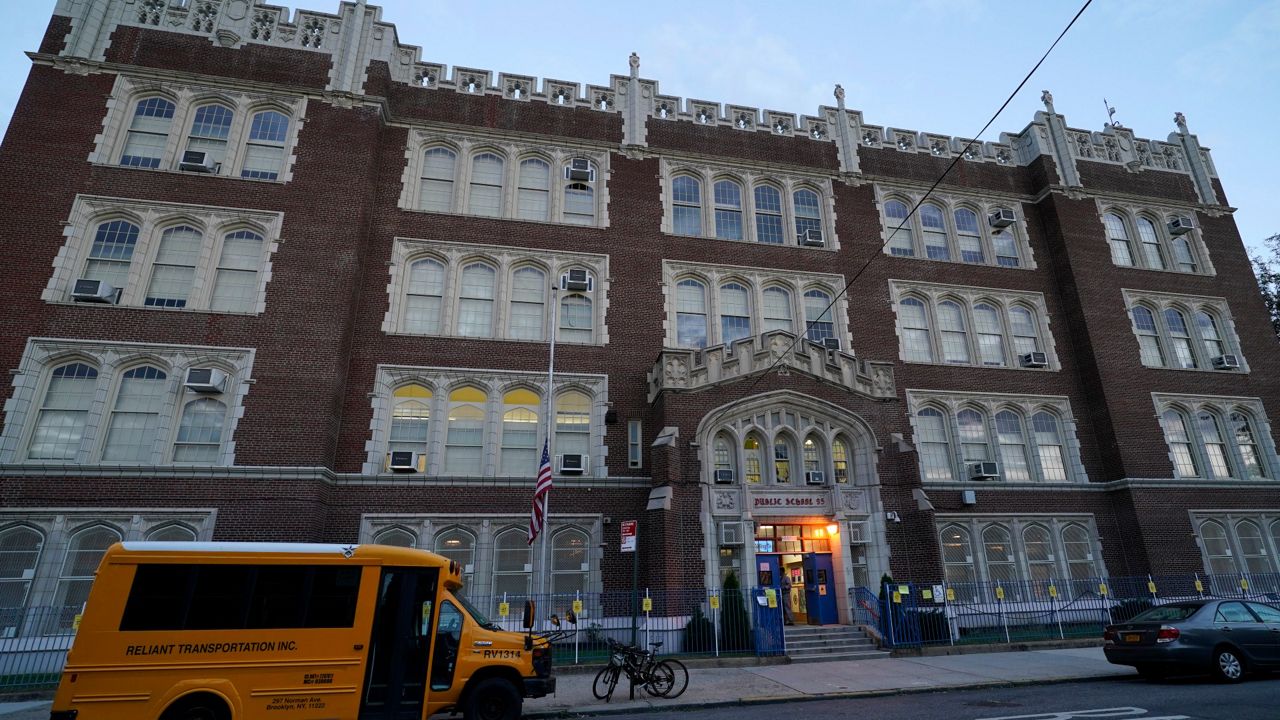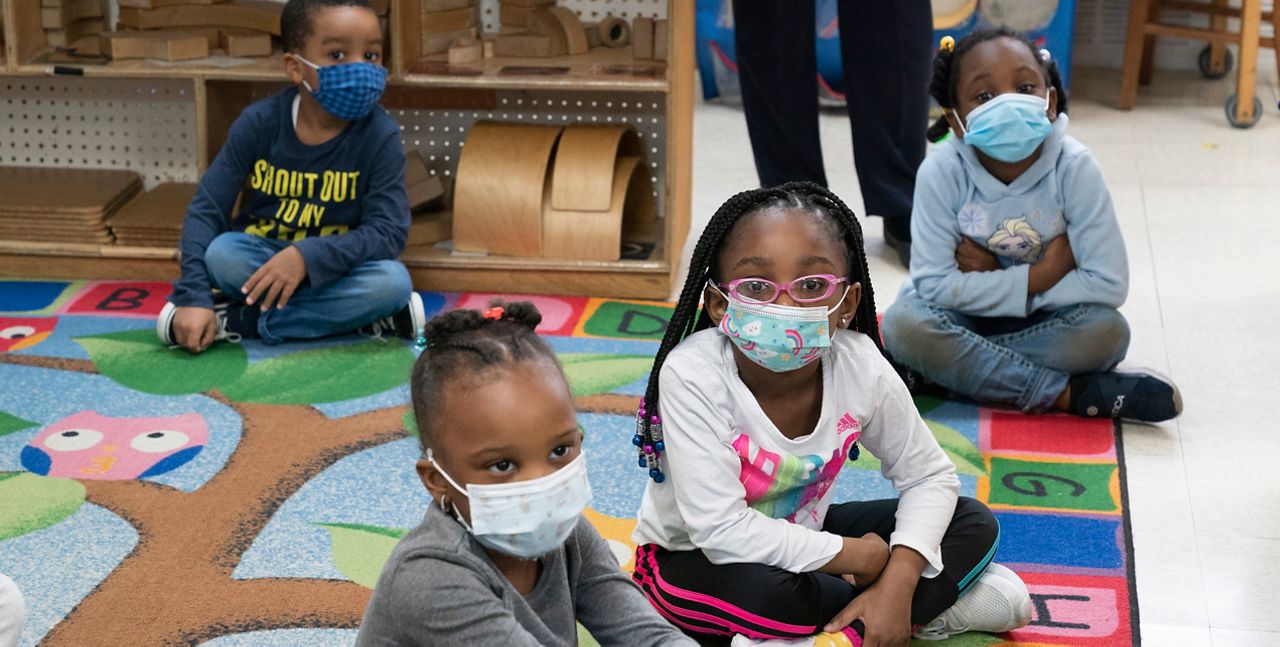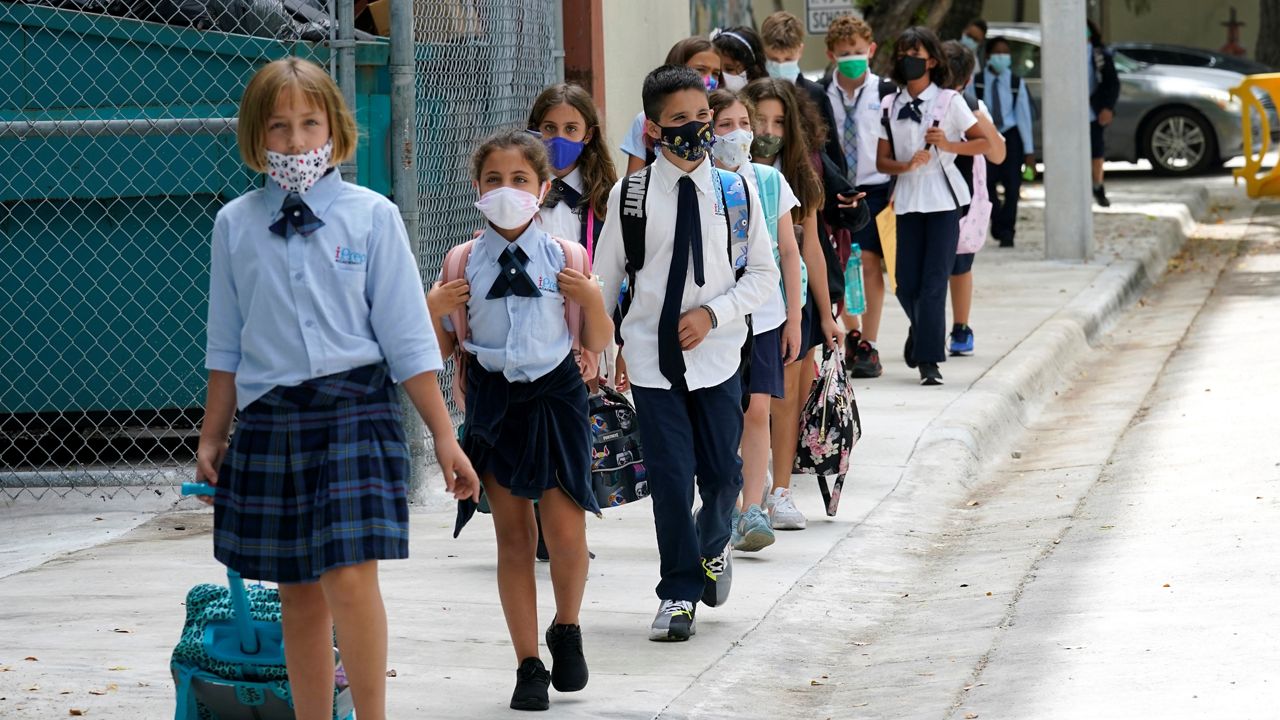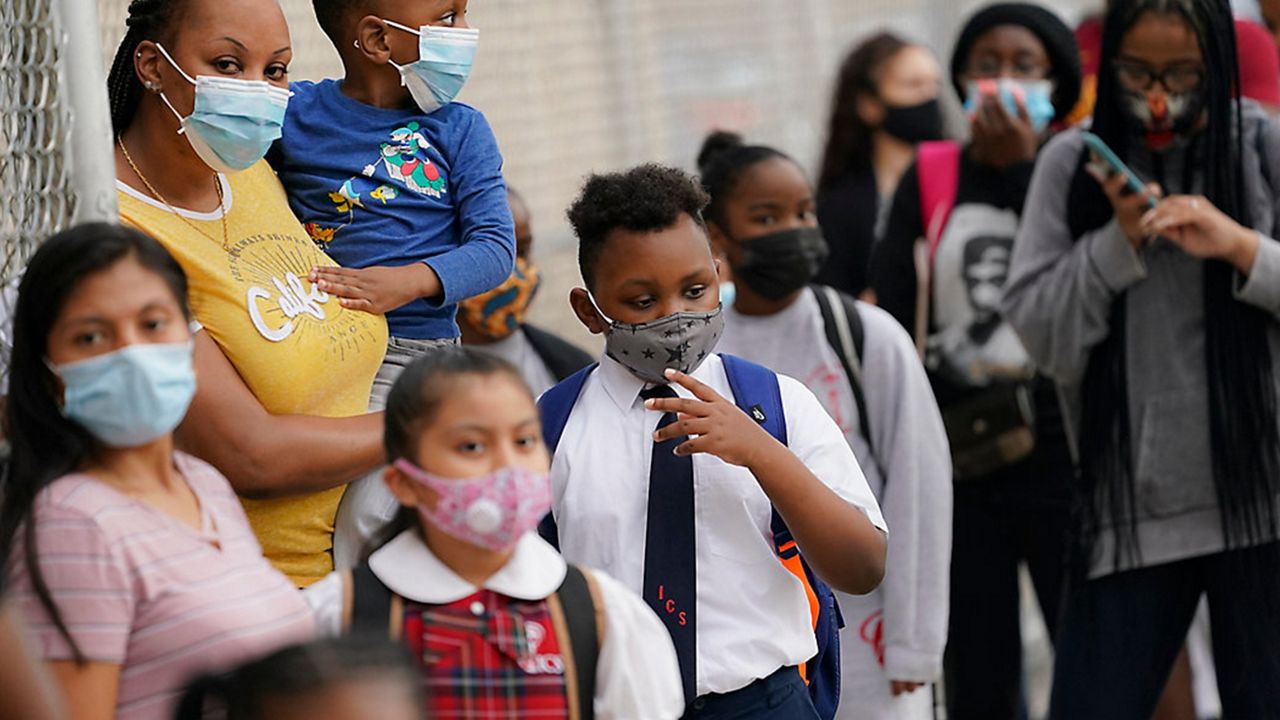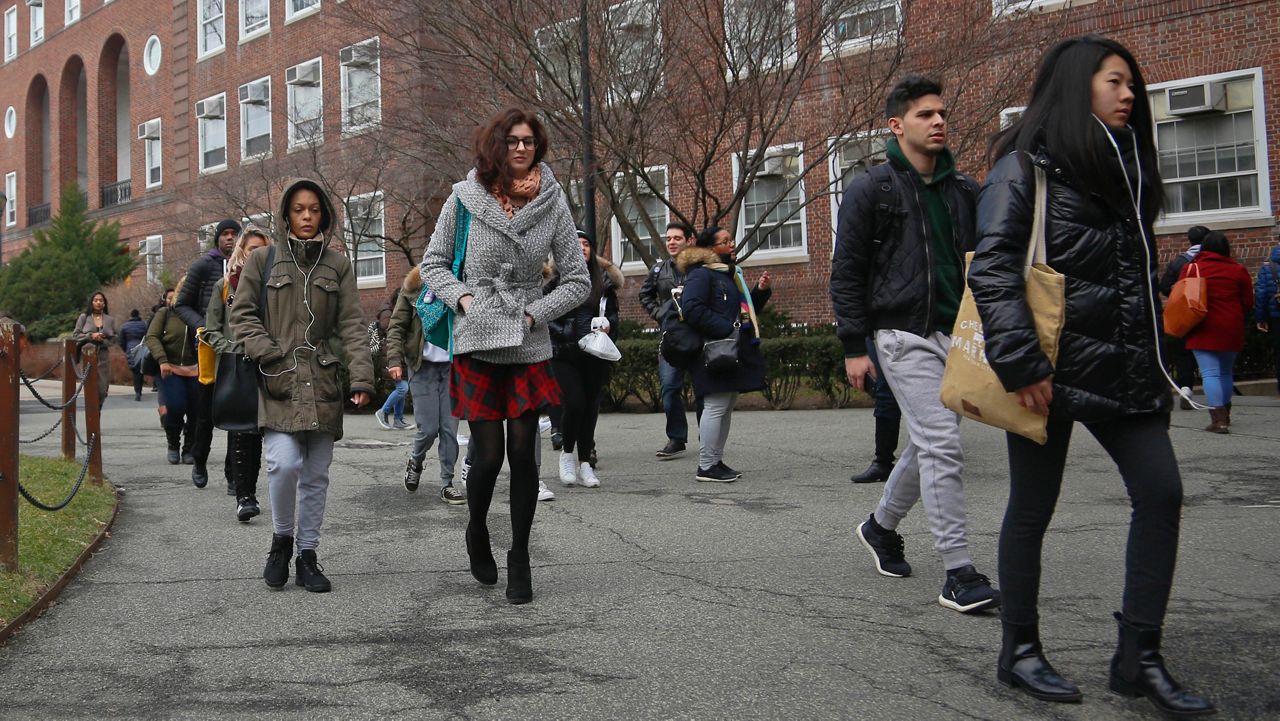NEW YORK — New York City has no plans to close the public school system amid the omicron COVID-19 variant’s spread, Mayor Bill de Blasio said Friday, while offering assurance that city hospitals are well-equipped to handle any potential surge.
"No, no, no,” the mayor said in response to a question on WNYC as to whether the city should order businesses and schools to close. “What did I learn? Don't do that. That's what I learned."
What You Need To Know
- New York City will not close its public school system in response to the spread of the omicron variant of COVID-19, Mayor Bill de Blasio said Friday
- The positivity rate in schools is currently 1.02% — lower than the city's overall infection rate, which has surpassed 5%, de Blasio said
- De Blasio also has no plans to issue any citywide shutdown orders, he said, maintaining another shutdown would be "traumatizing"
- The mayor said the city's hospital system is "very strong and stable right now"
As of Friday, schools were reporting a 1.02% COVID-19 positivity rate, de Blasio said during his final “Ask the Mayor” session with WNYC’s Brian Lehrer. The city’s overall infection rate, by comparison, has surpassed 5%, he said.
“Schools are actually one of the safest places to be in the city. We need to keep our kids in school,” he said. “It is the safest place for them to be. They also need to be in school after all of the disruption.”
Four of the city’s approximately 1,600 public schools have temporarily shuttered after detecting cases among students and staff, but officials have not seen any system-wide issues, the mayor said.
Vaccination rates among younger children, however, are still lagging, he noted. Twenty percent of children ages five to 11 have been vaccinated, compared to nearly 82% of kids between the ages of 12 and 17, he said.
“Parents have got to really focus here on the health and safety of not just their own child or family, but the whole community, and get their kids vaccinated quickly,” he said.
And while several New York City restaurants have temporarily closed as the number of five-borough COVID-19 cases rises, the mayor said he had no plans to issue any shutdown orders.
The city’s ongoing vaccination efforts — in addition to its private-sector vaccination mandate, which takes effect Dec. 27 — are key, he said.
“This is not March of 2020. We are one of the most highly-vaccinated places in the United States of America,” he said. “The more we vaccinate, the more we can get through this, and the great danger here is shutdowns and restrictions, because that would really destroy, in so many ways, people’s livelihoods, and it would, I think, after everything people have been through, it would be traumatizing.”
Asked about the five boroughs’ current hospital capacity, de Blasio said hospitalization rates have “not increased in a way that can’t be handled.” As of Friday, the city’s rate stood at 1.47 per 100,000 New York City residents, he said.
“The hospital system in New York City — I want to differentiate that from the rest of New York state or the rest of the United States of America — the hospital system in New York City is very strong and stable right now,” he said. “And most of our hospitals have not had to think about stopping elective surgery, or anything like that, because the good news is so many people are vaccinated.”
De Blasio on Friday also fielded criticism from an “Ask the Mayor” caller for hosting a celebration for New York City Football Club, which won this year’s MLS Cup, outside City Hall on Tuesday, with COVID-19 statistics ticking up.
The ceremony, the mayor stressed, was held “with the guidance of the medical leadership of this city.”
“They fundamentally believe there’s a difference, profound difference, between outdoor and indoor,” he said, while noting that all attendees were required to be vaccinated, with “many, many” wearing masks.
“And based on what we knew at that moment, that was an acceptable thing to do,” he added. “[But] I think it’s something we’re going to look at every single day from this point on, and follow the guidance of the medical leadership on how we handle things.”




